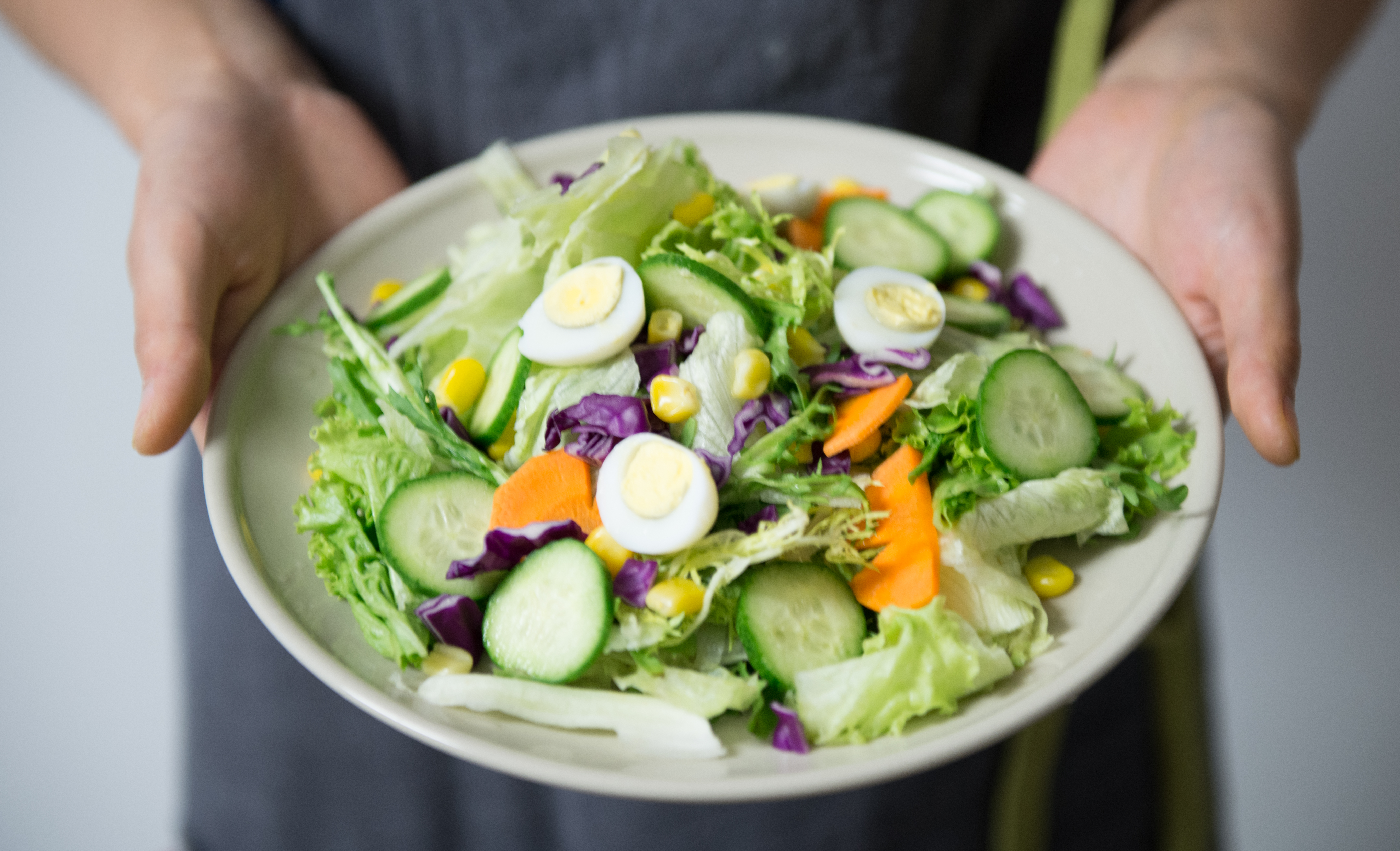Let’s Talk About Fat & Low-Fat

Let’s Talk About Fat & “Low-Fat”
None of us are strangers to the countless labels that read, “low-fat” on all sorts of foods in the market. In fact, you canfindthe label on just about anything- snacks, cereal, cheese, you name it. But does this label mean the food is healthy?
- Healthy fat vs. unhealthy fat
Contrary to common belief, some fat can actually be healthy for our bodies and it is essential that we include it in our diet. The unsaturated fats found in fish, nuts, seeds, and oil, for example, are beneficial to the health of our hearts. They work to improve our cholesterol and diminish the likelihood of us developing diabetes or cardiovascular disease.
With that said, not all fat is healthy. Saturated and trans fat – the fats found in animals and processed foods – do exactly the opposite to our bodies than what healthy fats do.
- Know the correct serving sizes – especially when it comes to fat
Although there are fatty foods that are considered to be healthy for our bodies, don’t go munching down on a whole bag of almonds unless you want to face a harsh reality: weight gain. On average, there is about 9 calories per gram found in fat, compared to the 4 calories per gram found in protein and carbohydrates. Eating foods with a high fat content, whether or not they are healthy fats, means we are consuming a greater amount of calories. This translates into weight gain.
To prevent this, don’t consume more than 20-35% of fat from your total daily calorie intake. For example, if you’re aiming to consume 1,200 calories a day, stick to eating somewhere between 31 and 54 grams of fat.
- “Low-fat” is often times synonymous with “processed”
More often than not, food labels reading “low-fat” are made from processed goods. What this means if that they are usually filled with large amounts of sugar or sodium. Diets high in these two things can lead to high blood pressure, weight gain, and diabetes respectively. So walk away from that box of low-fat cereal, as it is not exactly “healthy.”
- What’s the best policy then, you ask? Stick to naturally low-fat foods
Naturally low-fat foods that are actually good for us include fruits, vegetables, and whole grains. Not only are they low in fat and calories, they are also high in the good stuff: vitamins, minerals, and fiber. They help the overall function of our bodies by keeping our immune and digestive systems healthy and strong. So, while avocados don’t come with food labels, you can be sure that when you pick one up, you’re making a healthy choice.
